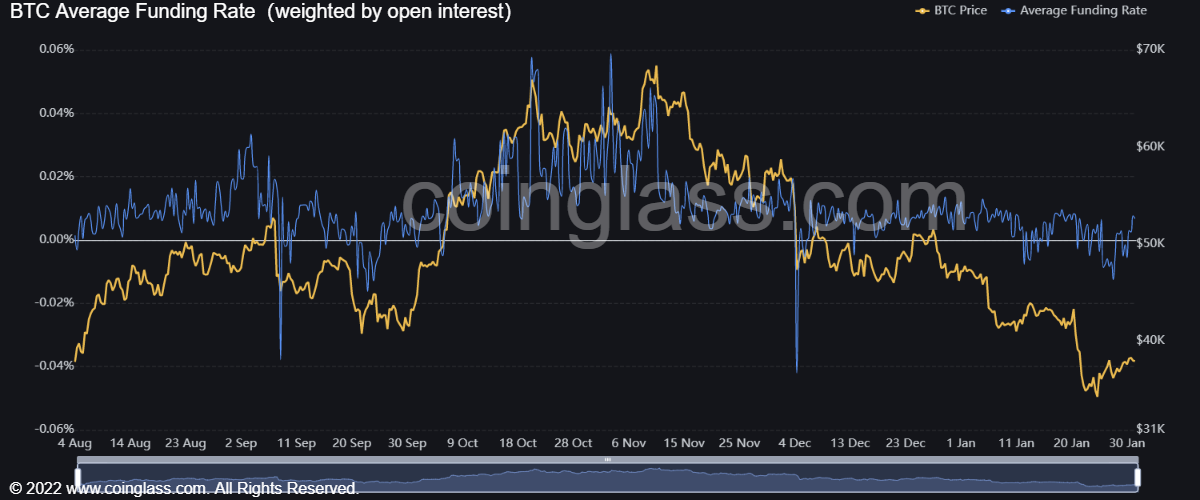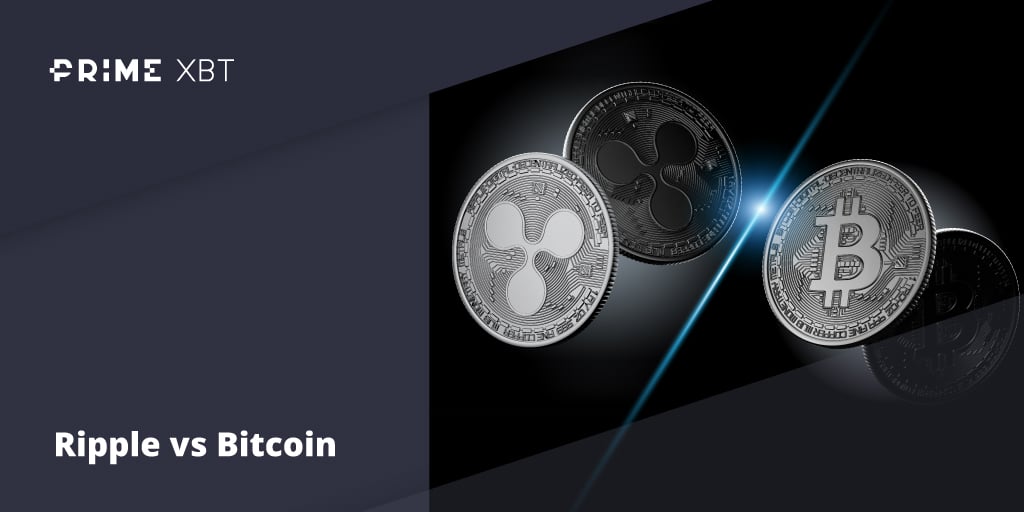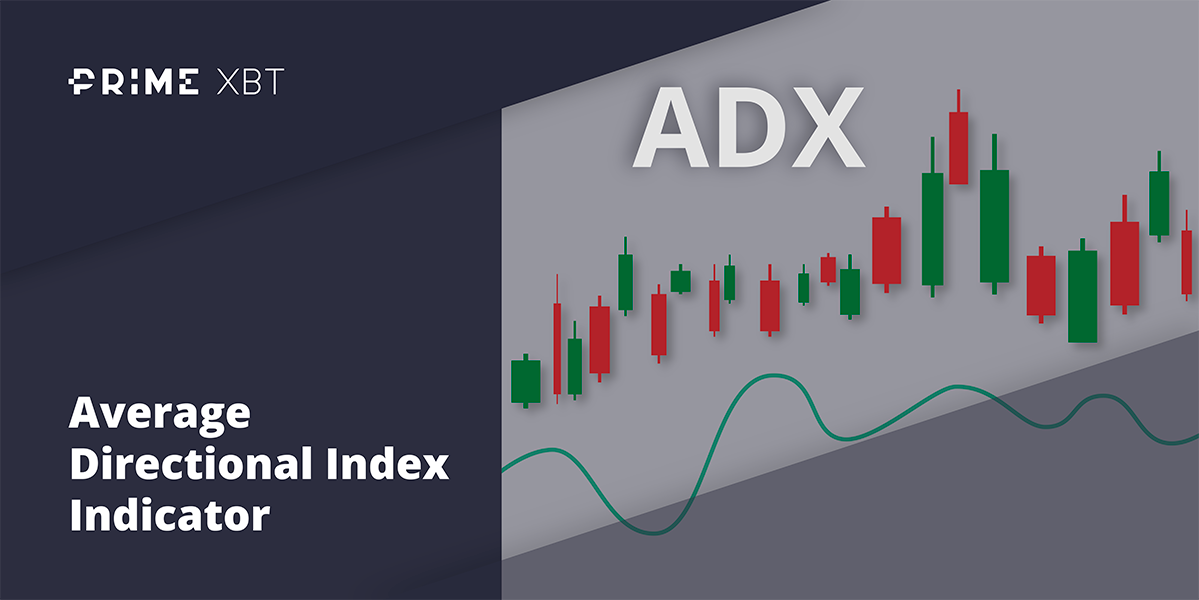On Monday stocks staged their largest comeback since the financial crisis in 2008, with the Nasdaq and Dow reversing earlier losses of 4.9% and 3.3% respectively. This came after stocks had been falling for seven days straight while fears related to interest rates finally eased a day before the start of the FED meeting. The turnaround on Monday set the stage for a week of higher-than-normal volatility in stocks: dip buyers appeared to scoop up bargain buys, while other traders sold stocks that would be negatively affected by the rising interest rates after the FED confirmed their tightening policy on Wednesday.
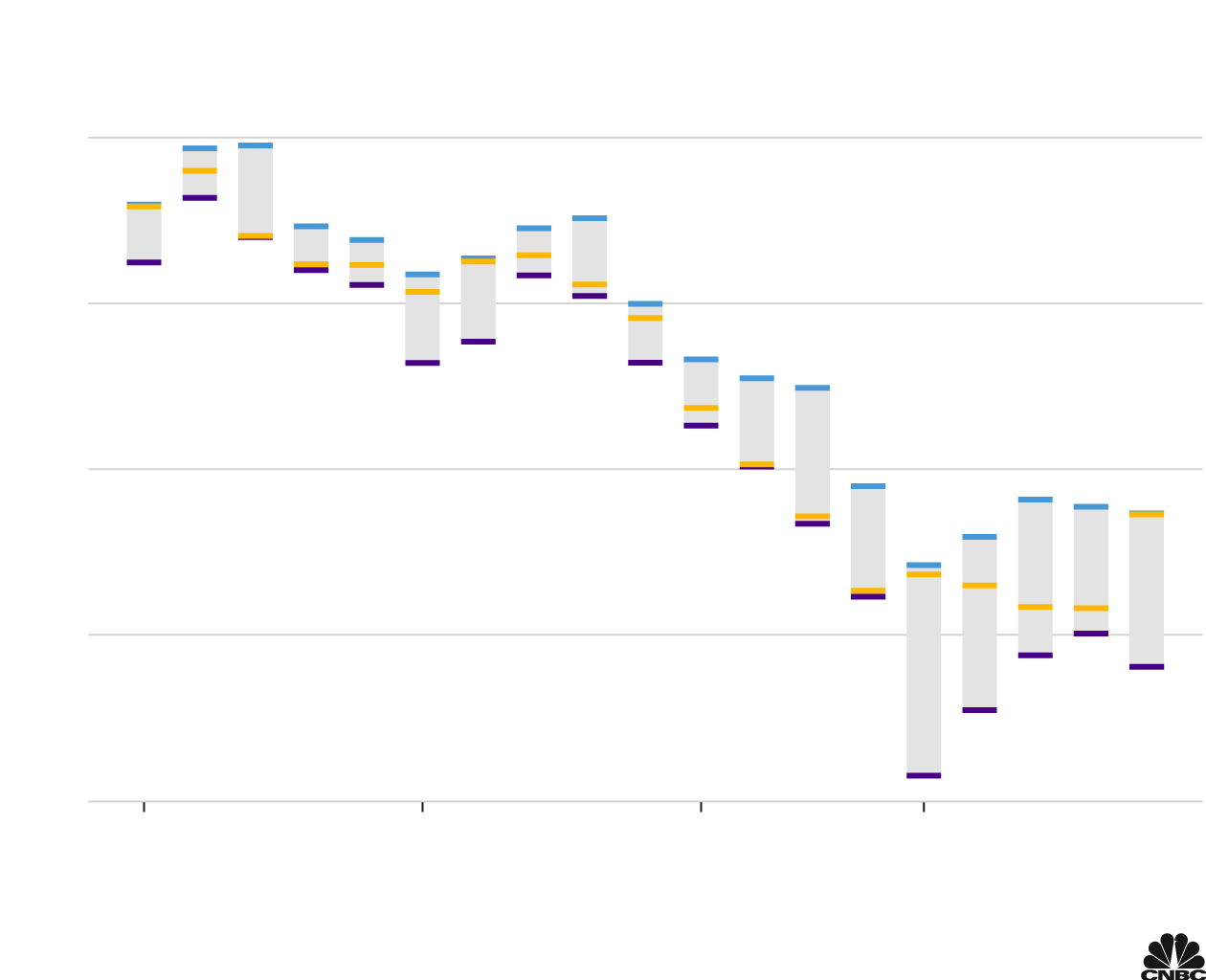
Stocks initially fell after the FED was deemed more hawkish than expected when Chairman Powell confirmed that rates will need to rise to combat a sustained period of inflation. Powell also said that rates would start rising starting from March, which led the 10-year Treasury yield to surpass 1.85% in the immediate aftermath before settling the week at around 1.78%.
However, as most companies that reported last week showed better than expected earnings, many investors used the opportunity to load up on beaten down stocks. Eventually, the Dow finished the week 1.3% higher and the S&P 500 added 0.8%, breaking a three-week losing streak. The Nasdaq finished the week with little change.
As expected, the USD rose sharply after the FED meeting, with the DXY closing the week at around 97.18. With strong USD, precious metals naturally retreated: Gold falling by 3.4% and Silver losing a whopping 8%.
Oil fundamentals overshadowed the USD strength, with Oil managing to move 6% up as geopolitical turmoil exacerbated concerns over tight energy supply.
Cryptocurrencies, despite being known for their higher volatility compared to other asset classes, were a lot tamer in comparison. BTC coiled within a 10% range after rebounding together with the stock market on Monday when it tested and bounced off $32,900.
FED Tightening Has No Impact As BTC Whales Continue to Stack
Despite the FED hawkishness, BTC investors seemed unperturbed as a high number of BTC were bought and withdrawn from exchanges for safekeeping a day after the FED meeting. This could explain the BTC resilience, when its price held firm despite stocks and precious metals being in meltdown mode after the FED’s announcement.
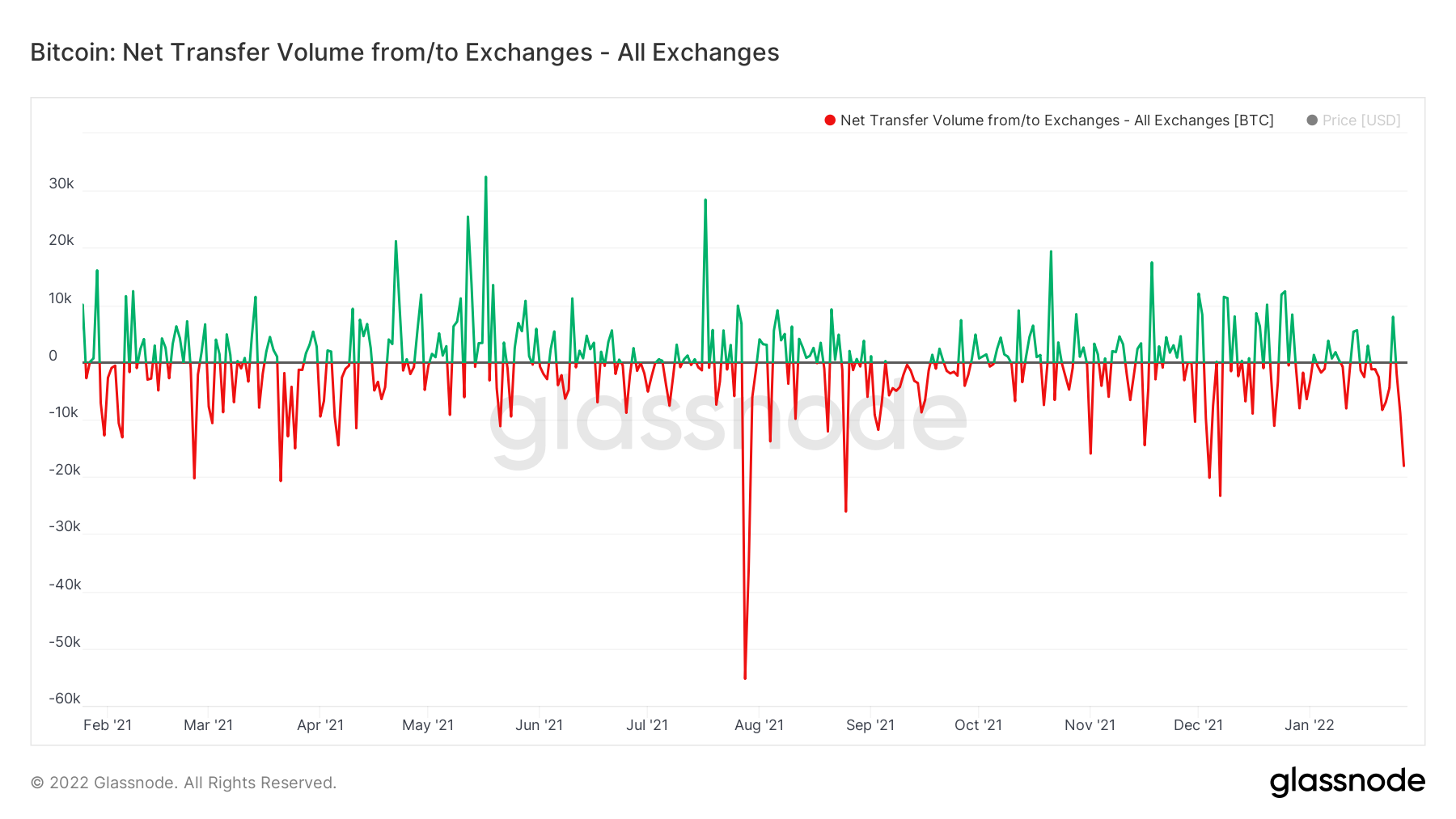
Data shows that more than 18,000 BTC worth $670 million left centralized exchanges on Thursday, registering the biggest single-day net outflow in over a month. Data also shows that the drop to $32,900 was accompanied by multi-million-dollar BTC buy-ins from a few whale wallets.
With accumulation taking place at an accelerated pace last week, whale balances of holders with at least 1 BTC have spiked up sharply to last September’s high.
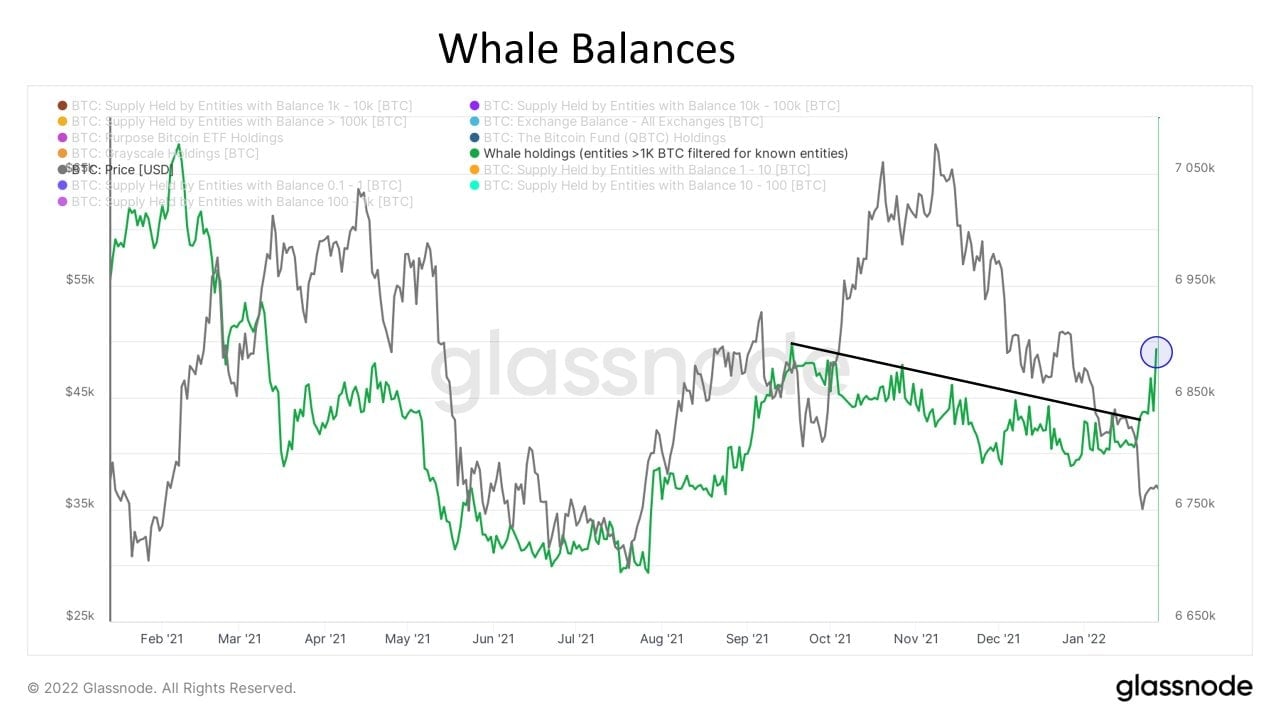
High Dormant BTC Supply Shows Holders Not Selling Assets
BTC long-term holders have also remained loyal during the selloff: The proportion of the BTC supply that has remained stationary for a year or more has hit levels not seen during previous capitulation events. As can be seen in the below diagram, coins dormant for at least a year now account for 60% of the total BTC supply.
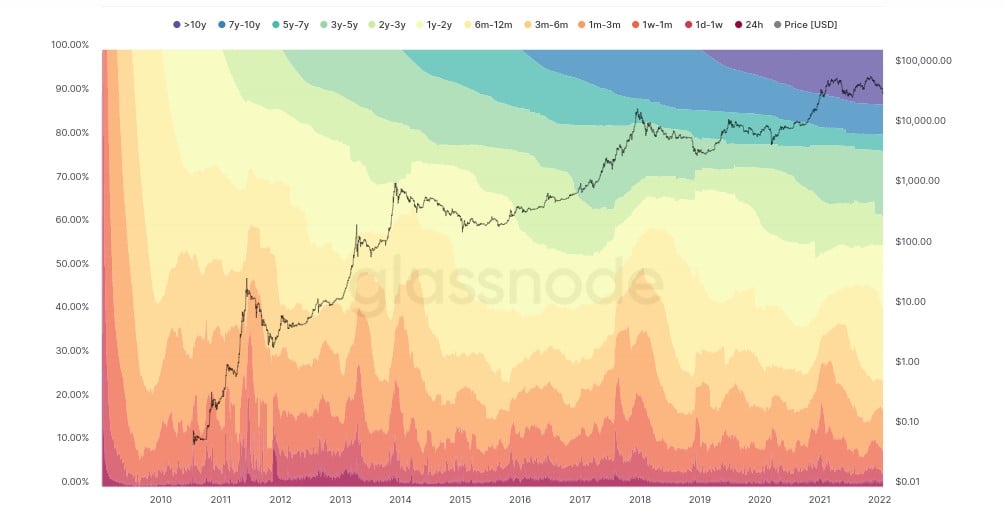
Institutional Inflow Returns After Weeks of Outflow
Cryptocurrency funds have finally brought in $14.4 million of new investor money when prices first started unravelling last week, meaning that there have been buyers standing on the sidelines waiting for a good level to enter the market.
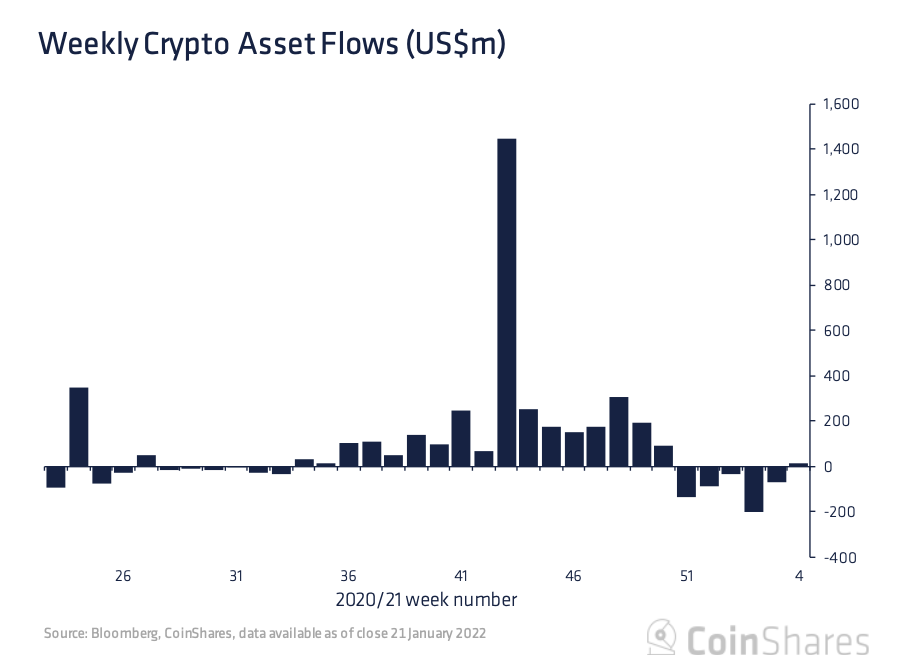
The inflows were led by BTC-focused funds which brought in $13.8 million. However ETH-focused funds suffered $15.6 million of outflows. Meanwhile, SOL-focused funds attracted $1.5 million, with $1.5 million and $1.4 million for DOT and ADA respectively. Multi-asset coin investment products netted inflows of $8 million.
Even though ETH was the only crypto that saw outflow from crypto funds and also registered a larger fall than BTC, its network activity isn’t nearly as bad as its price action. While the ETH price fell for more than 30% to hit a low of $2,150, activity on the network has not fallen by the same magnitude, implying that holders and users of ETH are not sensitive to short-term price swings. This ensures ETH can retain leadership amongst altcoins, especially when newer so-called ETH-killer blockchains like SOL are having problems. The SOL network broke down during the selloff due to congestion, causing many traders on SOL Defi to get liquidated as they were unable to top up their margins.
ETH has thus regained the $2,500 level by the end of the week. With BTC having a nice push of its own, ETH could stabilise in price or even continue to push higher, as other networks’ problems have amplified ETH’s stability – one of the most desired attributes of a blockchain among users.
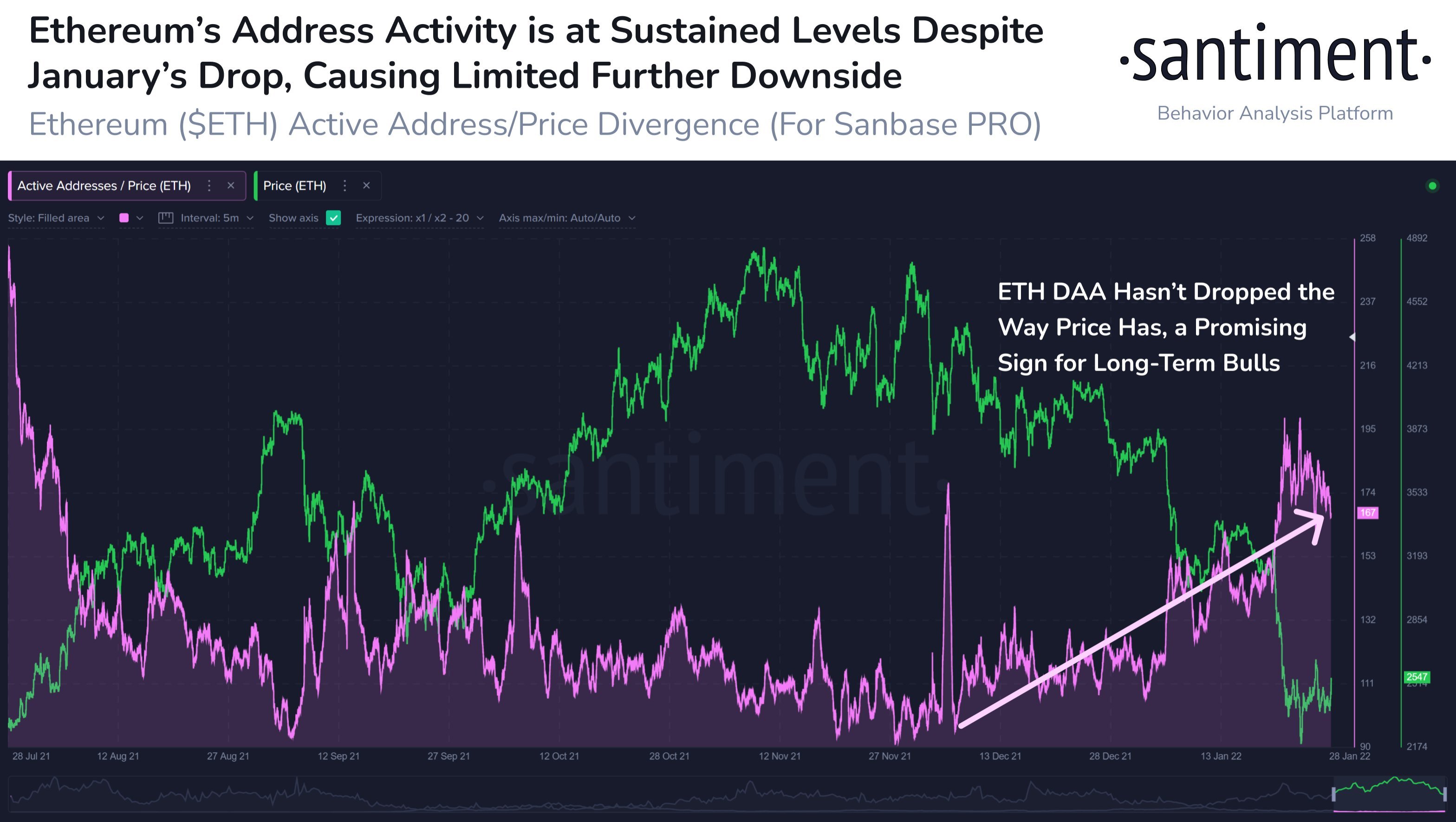
The hash rate for ETH has also hit a new high, approaching record levels of 1.11 PH/s. This means that more nodes are joining the network, making it more decentralized and improving its security. That is why it may be difficult for other blockchains to catch up with ETH level of stability, security and decentralisation, thereby making the term “ETH-killer” highly exaggerated.
Russia Walks Back On Crypto Ban
The past week has also seen better news headlines than at the beginning of the year when the country’s central bank called for a full ban on cryptocurrency. However the calls have been squashed by Putin, as the President of Russia prefers to regulate and impose tax, instead of banning crypto and crypto mining completely.
In addition to the good news from Russia, the state of Arizona has also introduced a bill to make cryptocurrency legal, while the main negative news came from the US SEC as it continues to reject yet another spot BTC ETF.
Crypto Pull Back As Funding Rate Flips Positive
After prices went up over the past week, traders went back to taking long positions as can proved by the BTC weighted funding rate flipping back to positive territory yesterday. This has caused some selling because traders are paid interests for their short positions when funding is positive. As a result, prices have come off since yesterday. However, whether this pullback will result in further decline or not, may depend on how the stock market performs when traditional market trading gets underway.
